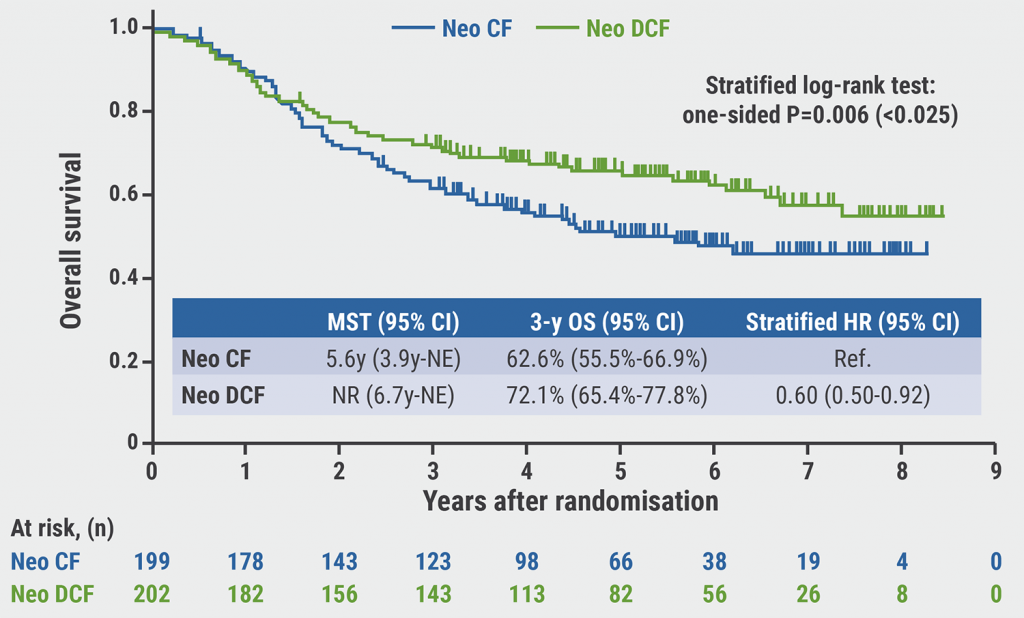Adenomas per colonoscopy (APC) "reflects the ability of an endoscopist to optimize colorectal cancer prevention by clearing the colon of all precursors" and may be a better quality measure than adenoma detection rate (ADR), Dr. Joseph Anderson said in a statement from the American College of Gastroenterology (ACG) annual meeting where he presented the research.
ADR is the number of screening exams performed by an endoscopist with at least one adenoma or important cancer precursor detected and removed and is an important quality measure for endoscopists, noted Dr. Anderson, of White River Junction VA Medical Center in Hanover, New Hampshire. APC, in contrast, measures the number of adenomas that an endoscopist finds on average during a colonoscopy.
In clinical trials, APC has emerged as a superior endpoint over ADR in detection studies. But until now, it had not been validated as a quality measure by demonstrating a reduction in post-colonoscopy CRC in exams performed by endoscopists with higher rates, Dr. Anderson said.
His team analyzed more than 9,000 colonoscopy exams performed by 138 endoscopists, with 63 cases of CRC diagnosed six months to five years after the index exam.
"The exposure variable was an endoscopist-specific APC using cutoffs of 0.4 and 0.6 adenomas per screening colonoscopy based on the literature. We also examined the association between ADR of 25% and post-colonoscopy CRC," Dr. Anderson told attendees.
The results showed that higher APCs were associated with lower rates of post-colonoscopy CRC.
Looking at the results for all CRCs diagnosed six to 36 months after the index exam, the hazard ratio for an APC of 0.4 was 0.37 (95% confidence interval, 0.18 to 0.78; P=0.008). The hazard ratio for an APC of 0.6 was 0.29 (95% CI, 0.11 to 0.78; P=0.01). Both were similar to ADR 25 (HR, 0.38; 95% CI 0.20 to 0.72; P=0.003), Dr. Anderson said.
The data suggest that an APC of 0.6 "may offer more protection" from post-colonoscopy CRC than an APC of 0.4 within first three years of an index exam, he told attendees.
"Our novel data support the use of APC as a quality measure by demonstrating a reduction in post-colonoscopy CRC risk in exams performed by endoscopists with higher APCs, similar to that for ADR of 25," Dr. Anderson concluded.
SOURCE: https://acgmeetings.gi.org/ American College of Gastroenterology (ACG) Annual Scientific Meeting, presented October 25, 2021.
By Megan Brooks
Posted on
Previous Article
« Risankizumab meets primary endpoints in maintenance study for CD patients Next Article
Stimulant use among older adults ups risk of cardiac harm in the short-term »
« Risankizumab meets primary endpoints in maintenance study for CD patients Next Article
Stimulant use among older adults ups risk of cardiac harm in the short-term »
© 2024 Medicom Medical Publishers. All rights reserved. Terms and Conditions | Privacy Policy


